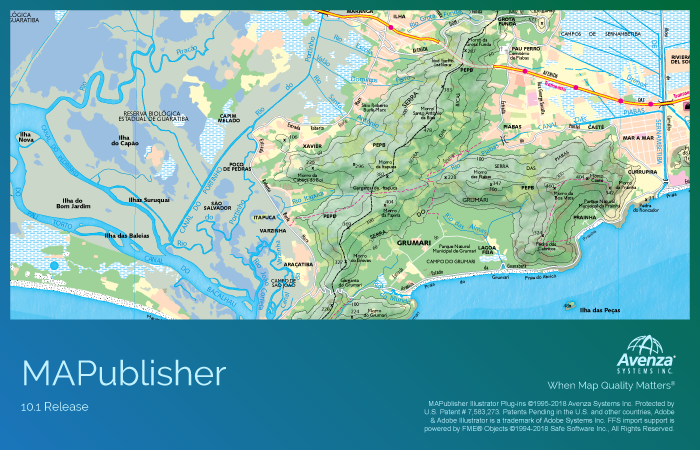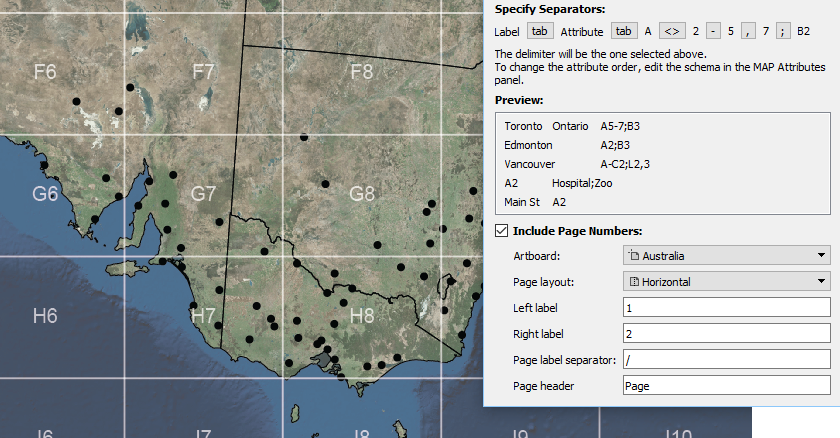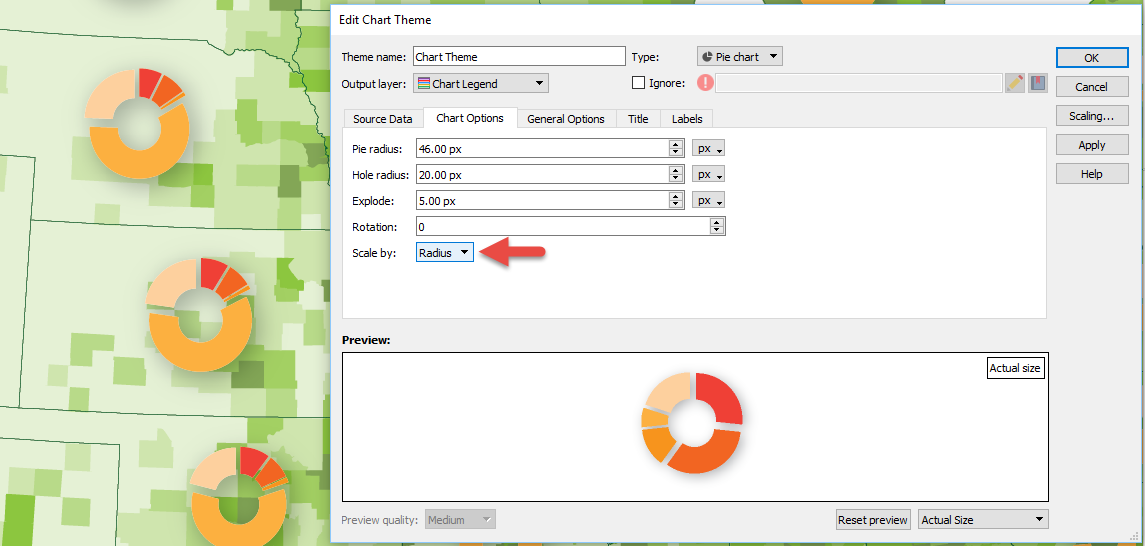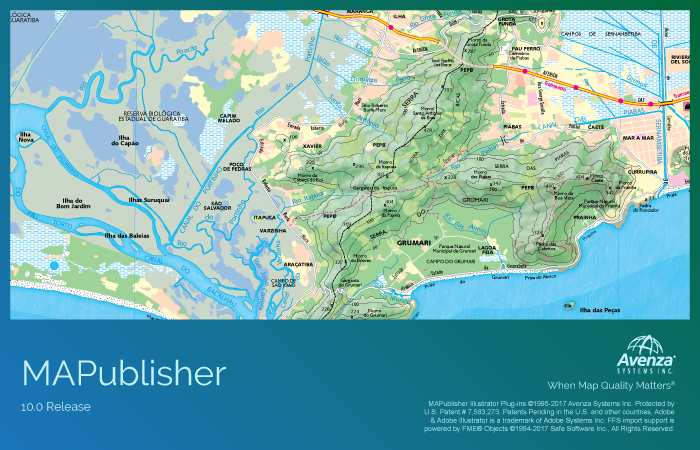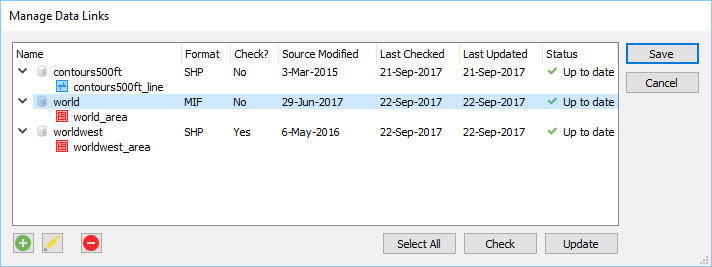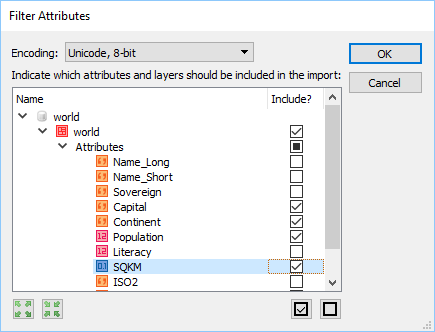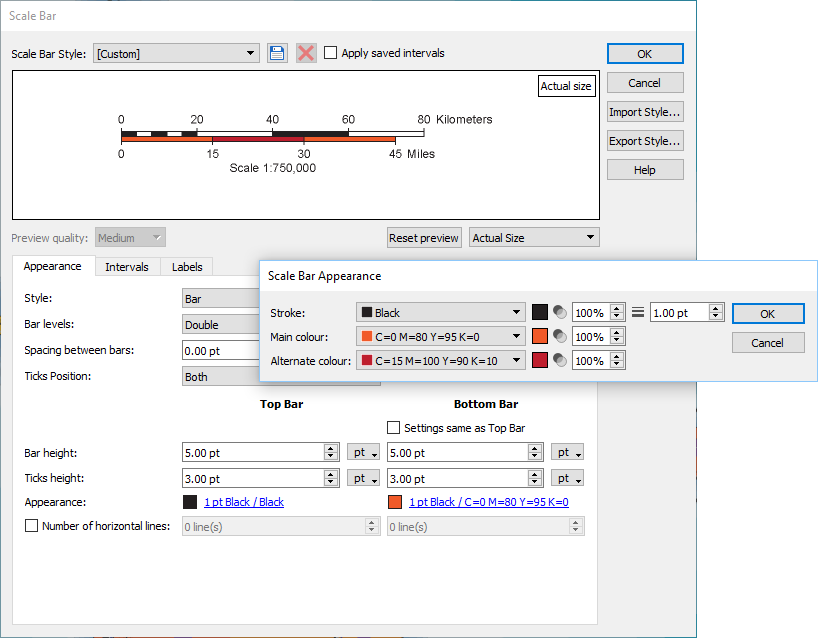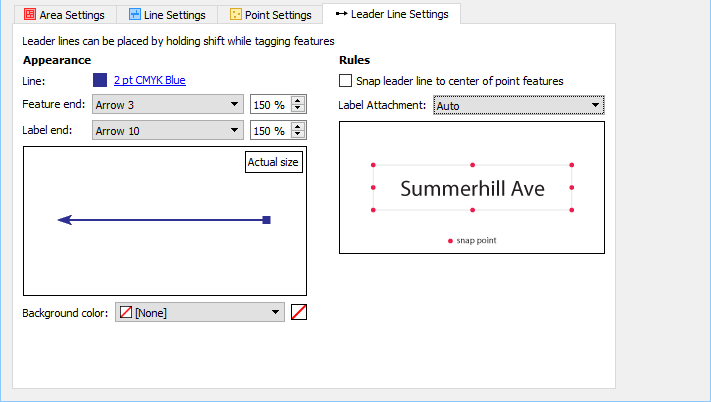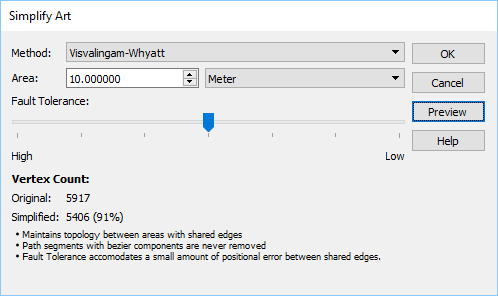We’re excited to announce the release of MAPublisher 10.2 for Adobe Illustrator. The MAPublisher product team has been working closely with our customers to build these features to improve map design productivity.
MAPublisher 10.2
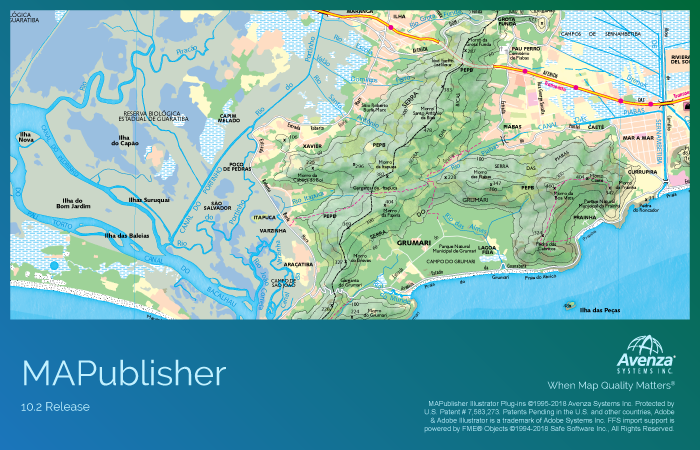
This update contains new features and performance improvements as well as fixes for reported issues. Some highlights are mentioned below, for the full release notes see below.
Filter layers and attributes with expressions on import. This feature that has been requested by many users in the past and we’re happy to say it’s finally here! While filtering attributes and geometry has been available since MAPublisher 10.0, the ability to filter specific layers and attributes using an expression was not available until now. This let’s you fine-tune your layer and attribute filter to only include (or exclude) specific data at the attribute value level. This improves Adobe Illustrator performance by reducing the number of map features and attributes being imported. The Filter Geometry feature has been renamed Spatial Filter and it retains the same functionality. In addition, these filtering and simplification tools reside together in an improved user interface.
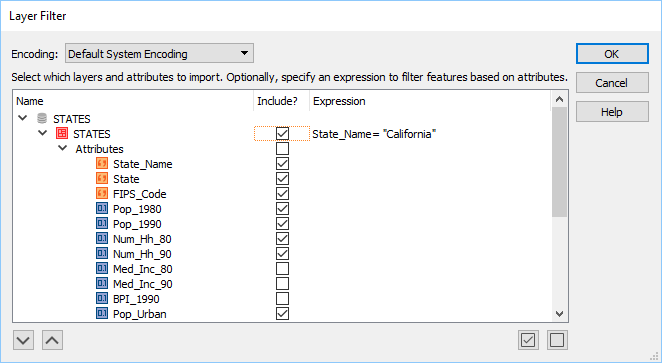
Simplify complex art on import. Another new import feature that reduces the amount of data is Simplification. It allows for the simplification or generalization of vector line and area data during data import instead of after. Using simplification during import reduces the number of map features and attributes being imported and improves overall performance. Simplification can be applied to all art together or applied separately to lines or areas and use either the Douglas-Peucker or Visvalingam-Whyatt method for removing nodes and vertices.
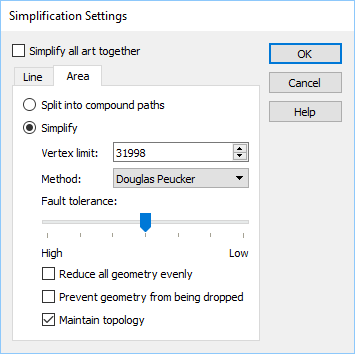
New support for WFS 2.0, AutoCAD 2018, and OGR formats. Several new formats are supported and updated in MAPublisher 10.2. The WFS 2.0 specification improves on a number of functionalities including response paging. More than 1,000 features can be loaded from a WFS server now. The AutoCAD 2018 format allows you to import and export version 22.0 DXF, DWG and DGN files. Read and write capabilities have been improved by updating OGR import formats (GML and PostGIS) and OGR export formats (GML and GeoJSON).

Overprint option for MAP Legend art. Overprint is essential in print production and reduces unsightly edges that could appear if printing plates are not perfectly aligned. MAPublisher generated art from Scale Bar, Grids and Graticules, and MAP Theme legends now have an overprint setting to ensure that art can be maintained as MAPublisher objects without having to expand art as separate objects, strokes, and fills.

MAPublisher 10.2 Release Notes
- Filter layers and attributes with expressions on import
- Simplify complex art on import
- Import support for WFS 2.0 and AutoCAD 2018
- Export support for GeoJSON and AutoCAD 2018
- Introduces MAPublisher with a Simplified Chinese interface option
- User interface and usability enhancements



